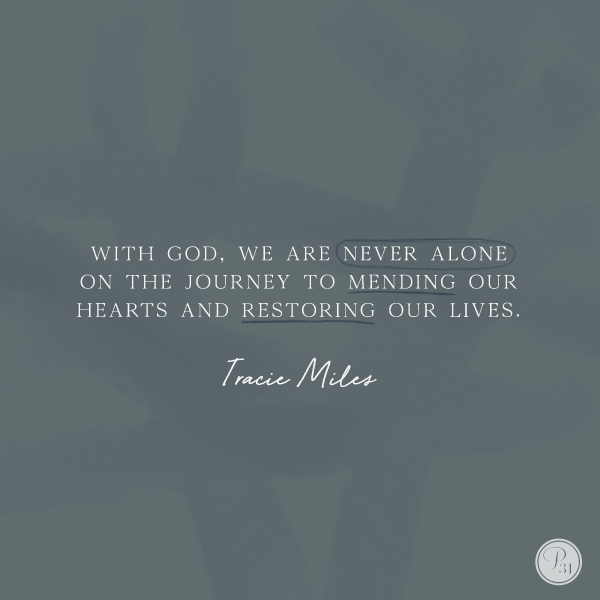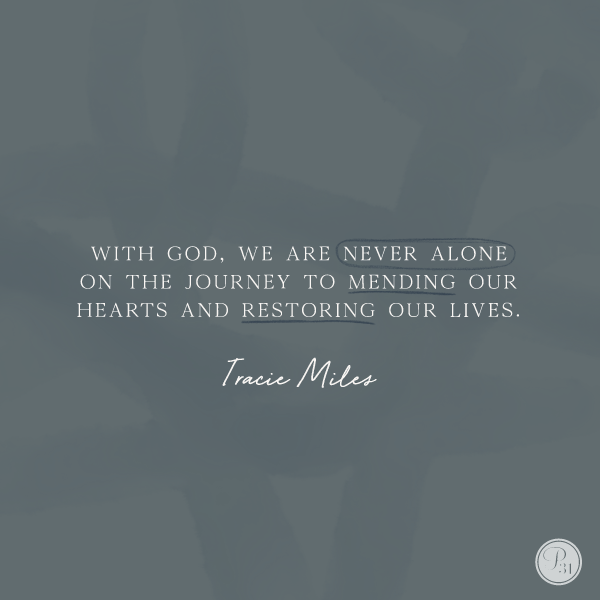
Introduction: A Movement Back to the Hands
In a world obsessed with speed, screens, and convenience, something deeply human is slipping through our fingers—the joy of making and mending. We used to repair before we replaced, to create before we consumed. Now, amidst the tide of mass production and digital distraction, there’s a quiet return to using our hands—not for swiping, but for stitching, shaping, fixing, and feeling.
This isn’t just a hipster trend. It’s a soul-deep reconnection with purpose, presence, and personal heritage. At Remin.site, where memories and legacies are preserved to echo beyond time, we know: what we make with care lasts, and what we mend with intention heals.
“To make is to remember. To mend is to honor.” – an old craftsperson’s proverb
The Modern Disconnection from Craft
Once, nearly every household had someone who knew how to knit, patch, darn, or sew. These weren’t niche hobbies—they were life skills. Today, few of us can even reattach a button. Why?
- Globalization and cheap manufacturing have made goods disposable.
- Technology shifted focus from hands-on creation to screen-based consumption.
- Convenience culture prioritizes speed over meaning.
But disconnection comes with a cost. We’ve lost not only traditional skills, but also the grounding sense of fulfillment they offer. The hands that once crafted are now idle, scrolling. But they remember. And they want to return.

Why Making Matters: Purpose in the Process
The Emotional Benefits of Creation
Whether you’re kneading dough, carving wood, or darning a sock, there is undeniable satisfaction in bringing something into being. The process quiets the mind. It creates space. It turns chaos into order—and that transformation echoes inwards.
Psychologists and wellness experts increasingly link creative repair with mental resilience. Craft becomes therapy, not in abstraction, but in tactile, rhythmic motion that rewires the brain and softens emotional knots.
“The act of making anchors us to the moment.” — Psychology Today
Scientific Insights on Craft and Mental Health
Research has shown that crafting can reduce stress, alleviate depression, and even enhance cognitive function in older adults. A study from the National Institutes of Health found that textile handcrafts improved focus, decreased loneliness, and supported trauma recovery.
Key benefits of making and mending include:
- Increased dopamine through creative flow
- Reduced anxiety by focusing on tactile tasks
- Reinforced self-esteem by producing tangible results
This isn’t just personal healing—it’s ancestral remembering.

Mending as an Act of Resistance and Renewal
Darning, Stitching, and Storytelling
To mend is not to hide flaws, but to highlight resilience. Practices like Japanese sashiko or visible mending don’t conceal damage—they turn it into art. That frayed sleeve or torn knee becomes a badge of memory, stitched with intention and soul.
Every stitch tells a story: of use, of wear, of care. In the age of perfection filters and factory seams, mending is a way to say, “I choose to care.”
Slow Fashion and Sustainable Repair
Our planet is groaning under the weight of fast fashion. Millions of tons of textiles end up in landfills each year. Mending fights back—not just as eco-activism, but as a way of reclaiming value.
By choosing to fix what’s broken, we practice a different kind of economy: one of memory, respect, and craft. It’s a return to sustainable living that supports both planet and psyche.
Check out this in-depth piece from The School of Life on why creation matters more than ever.

Rediscovering Traditional Skills in a Digital Age
From Forgotten to Future: The Skill Renaissance
What was once old is new again. From spoon-carving clubs in Brooklyn to mending circles in Hanoi, a global handcraft revival is underway. The past is not lost—it’s being rethreaded into the future.
Many of these skills—quilting, leatherworking, fermenting, weaving—are not only practical, they’re deeply symbolic. They represent slowness, mindfulness, and the power of transformation.
As we document our lives and legacies at Remin.site, these skills serve as more than hobbies—they become heirlooms of practice, passed from hand to hand, generation to generation.
Communities of Makers: Online and Off
You don’t need to be alone in this journey. Across the world, communities of makers—both local and digital—are growing. From quiet quilting circles to global Reddit threads, the love for creative repair is being stitched together by real people finding real joy.
Platforms like Ravelry (for knitters), #visiblemending on Instagram, and the Craftsmanship Initiative have become havens for sharing, learning, and celebrating slow, mindful work.
And here at Remin.site, we invite you to not only preserve your memories, but your skills. What if you could pass on not just a sweater—but the story of how you fixed it?
Getting Started: How to Reclaim Your Hands
Simple Mending Projects to Begin With
Reconnecting with your hands doesn’t require perfection or Pinterest-worthy aesthetics. It starts with one small act of intention. Try:
- Repairing a torn shirt using visible mending techniques
- Darning socks with a wooden egg or spoon
- Hemming your own pants or adding a personal patch
Each stitch is a beginning. And with every mend, you deepen your connection to your belongings—and to yourself.
Tools & Materials Every Maker Should Have
Whether you’re new or rediscovering old knowledge, having the right tools makes crafting enjoyable. Here’s a basic starter kit:
- Needle and thread: Choose quality needles and a range of thread types and colors
- Fabric scissors: Sharp, durable shears for clean cuts
- Darning egg or mushroom: For sock and fabric repair
- Thimble: Protect your fingers while hand stitching
- Scrap fabric: Use for patches and experimenting
Finding Local Workshops or Online Courses
Learn from others. Local community centers often offer sewing, quilting, and knitting workshops. Prefer online? Try:
- Skillshare – for beginner to advanced tutorials
- Domestika – creative mending and traditional arts
- YouTube Visible Mend Channels – free guidance and visual demos
Stories of Modern Makers
Across generations and continents, people are picking up needles, carving tools, and looms—rebuilding the bridge between hands and heart. Here are a few inspiring examples:
- Maria, 64, Portugal – who began quilting after retirement and now teaches traditional patterns to her grandchildren
- Kenji, 27, Japan – who practices visible mending as a form of mindfulness, sharing his creations via Instagram
- Linh, 34, Vietnam – who left a corporate job to start a textile repair studio rooted in Vietnamese heritage
At Remin.site, we believe these stories should be captured, not just in objects, but in memory. A patch isn’t just cloth—it’s culture, it’s continuity, it’s care.
Conclusion: Hands that Heal, Hands that Create
In the end, the joy of making and mending is about more than creation. It’s about slowing down, remembering, and honoring the quiet legacy of our hands. When we choose to repair instead of replace, to make instead of mindlessly buy, we step into a deeper version of ourselves—one grounded in presence and purpose.
Every piece you mend, every item you craft, is a small rebellion against forgetfulness. And at Remin.site, we are here to ensure those small acts are not lost, but remembered—and passed on. Because death is not the end. It’s the beginning of memory, if we choose to leave something worth remembering.
“A stitch in time not only saves nine, it saves meaning.”
Frequently Asked Questions
What if I have no experience in crafting or mending?
No experience? No problem. Begin small—a single stitch, a simple tear. The joy comes in the process, not perfection. Use online tutorials, ask a friend, or join a local group. Start with love, not skill.
How does mending help the environment?
Mending extends the life of textiles, reducing waste, pollution, and consumption. It’s a key practice in sustainable living, helping lower your carbon footprint while promoting a more mindful relationship with belongings.
What are some resources to learn more?
- Craftsmanship Quarterly
- Sustainable Fashion Matterz
- Remin.site – where your legacy of making can live on
Can I preserve my craft story on Remin.site?
Absolutely. Remin is more than a memory vault—it’s a home for your creative legacy. Whether it’s a recipe, a knitting pattern, or a story behind a patch, we help you store it, share it, and pass it on with purpose.
